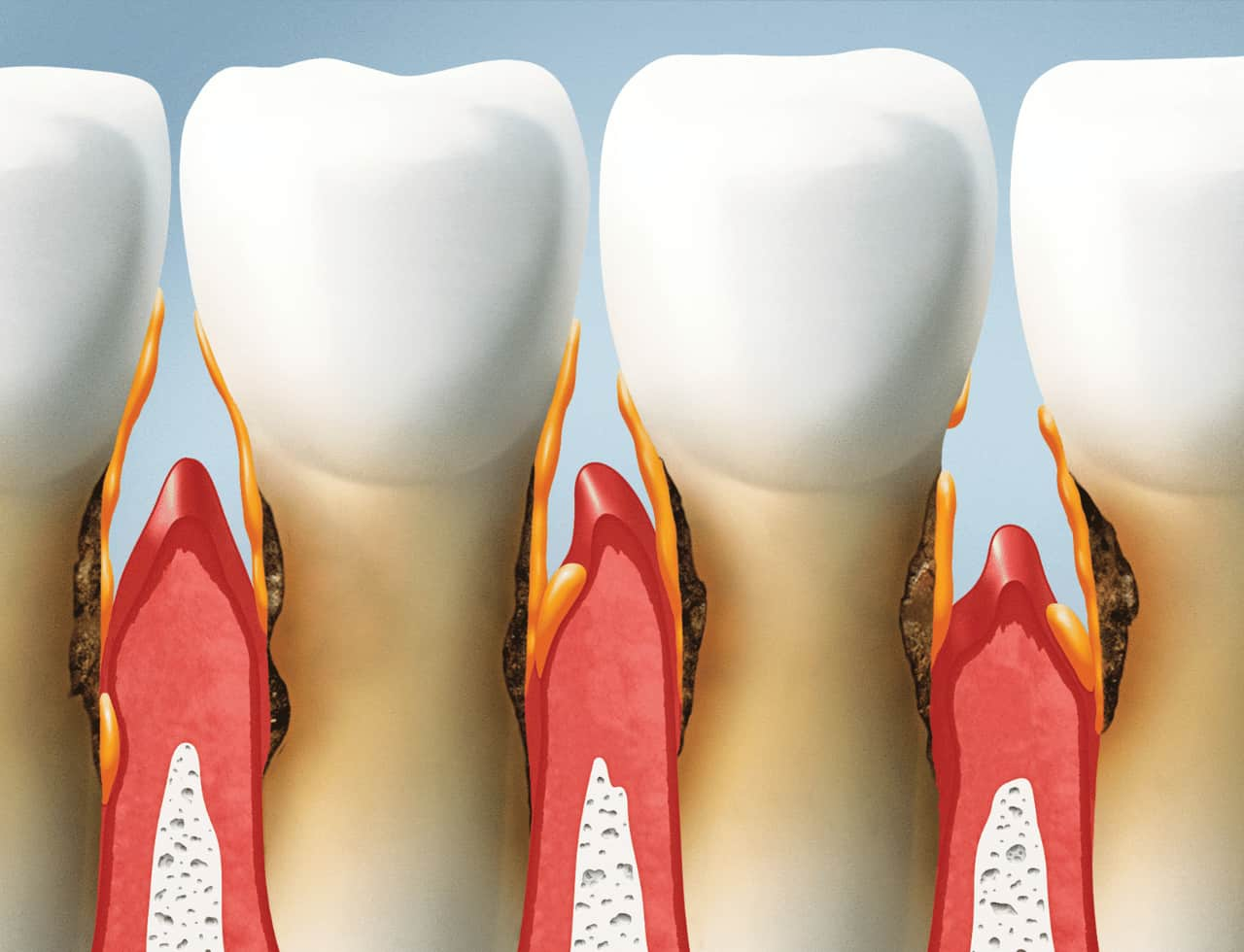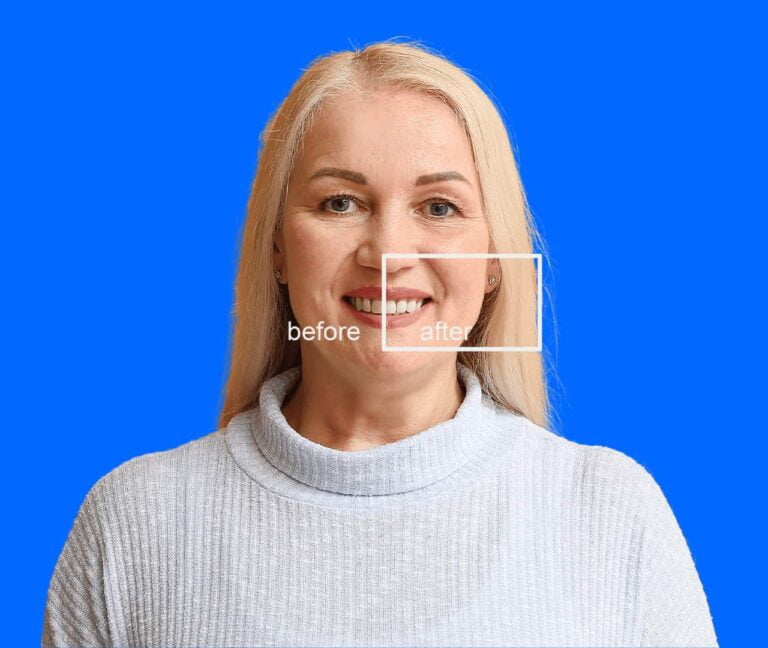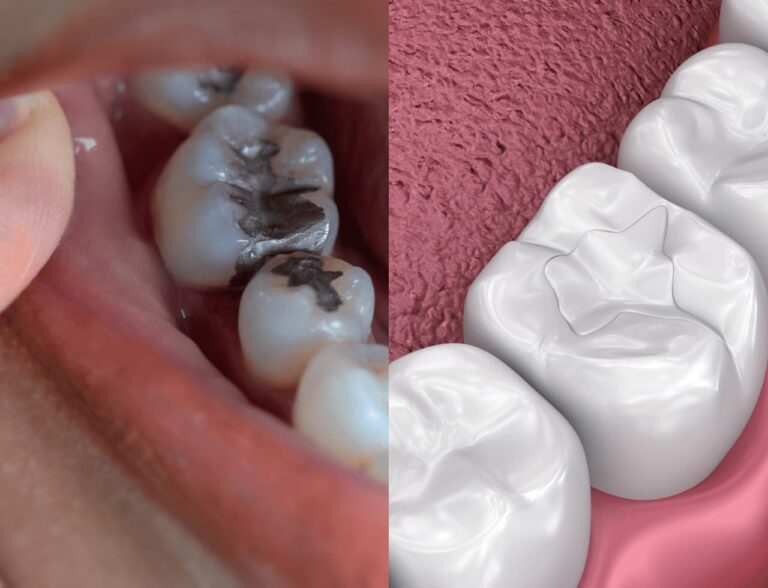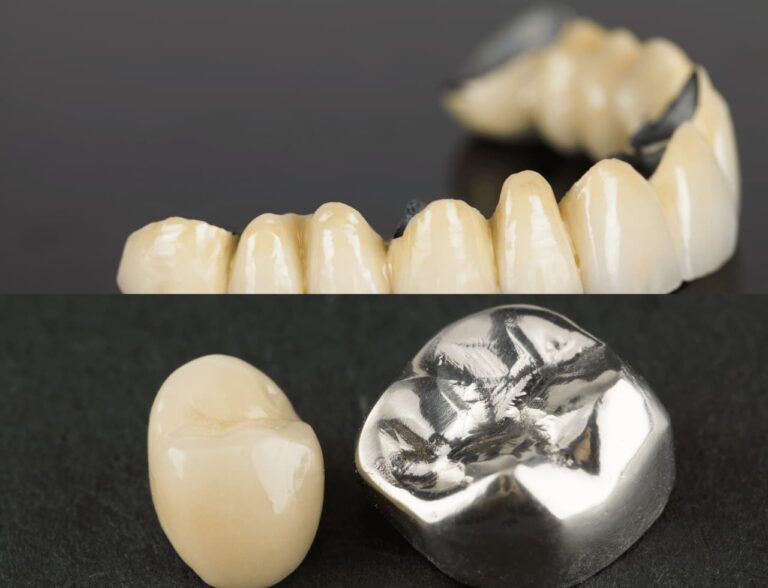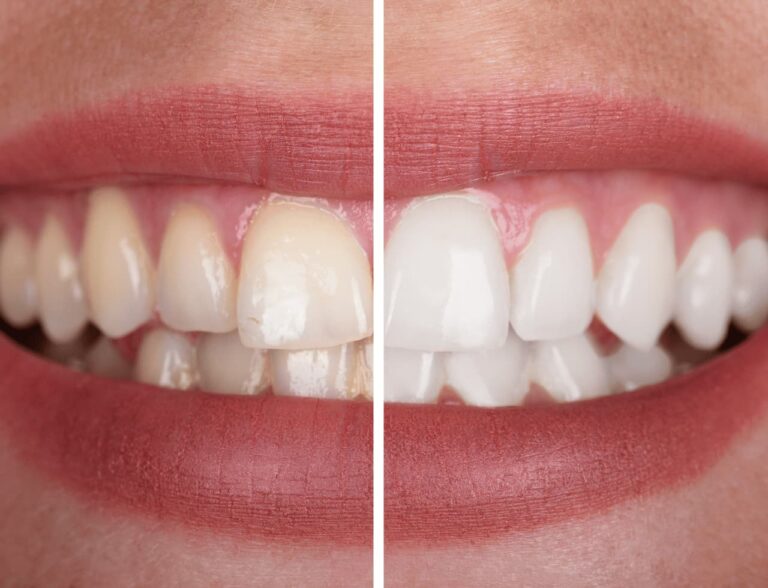Gum Surgery
Gum Surgery at Smilebook Dental Hyderabad
Gum Surgery
Periodontics
Osseous Surgery Specialist
Dr. Mounika is a board-certified periodontist with extensive experience in both simple and major gum surgery treatments, assisting patients in the Hyderabad area and across Telangana in maintaining healthy gums and preventing tooth loss.
Please contact us right away!
9515961060
Online reservations are available.
Brushing and flossing on a regular basis, as well as visits to the dentist, will help keep your teeth healthy and strong, as well as your gums. Regular dental examinations can help dentists detect gum disease early on and treat it before it develops.
When you neglect regular dental visits for an extended period of time, you risk developing inflamed gums and bone loss, which may necessitate surgery. Here’s what you should know if your dentist refers you to a gum specialist for gum surgery:
Gum surgery is performed for a variety of reasons.
A dentist can usually treat gingivitis, a moderate form of gum disease. Periodontitis is a more severe form of gingivitis that causes inflammation and bone and tissue damage. Periodontitis necessitates a visit to a periodontist, sometimes known as a gums dentist, and may require gum surgery. Periodontal surgery can help to regenerate bone and tissue while also preventing tooth loss and eliminating gum infection.
Gum surgery is not just indicated to treat gum disease. When the gums cover too much of the teeth, a condition known as a “gummy smile,” some patients choose cosmetic gum surgery.
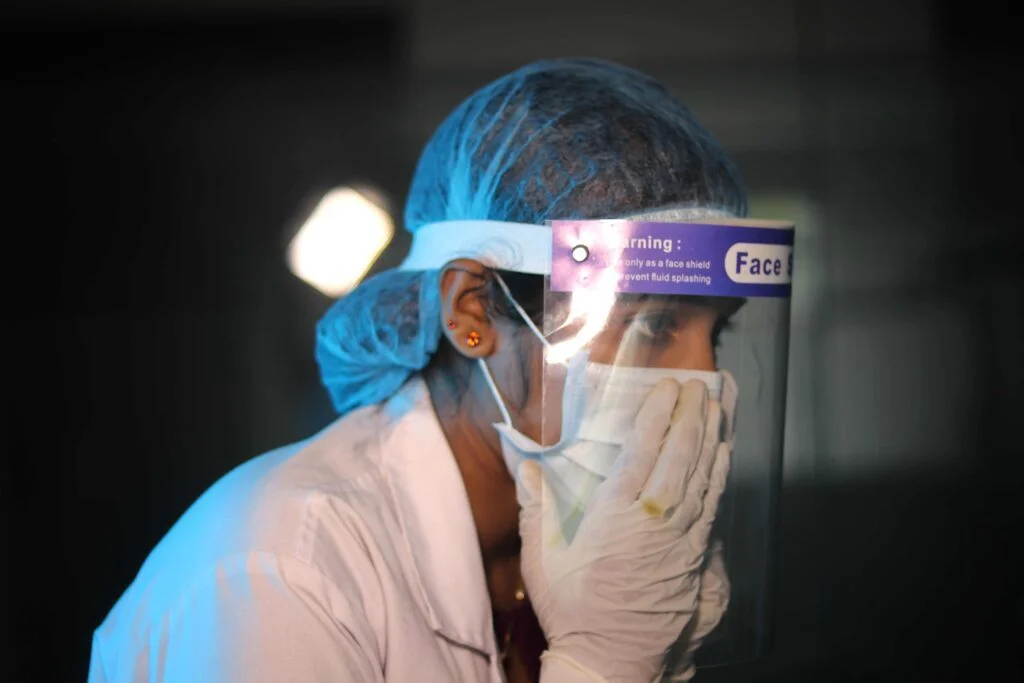
Types of Gum Surgery:
The sort of gum surgery you require is determined by the degree of your gum disease and the exact damage it has caused, as well as the cosmetic results you desire. Gum surgery includes the following procedures:
1. Gingivectomy
Excess and overgrown gum tissue that develops in the mouth as a result of a variety of factors is removed to improve aesthetics and make it simpler to keep the teeth clean.
2. Gingival Flap Surgery
Gums are detached from teeth for a deep cleaning, during which necrotic bone is removed and gums are cleaned using an ultrasound machine before being sewn back into place around the tooth. During the procedure, bone contouring may be necessary.
3.Gingivoplasty
Gum reshaping for a more pleasing appearance, sometimes in conjunction with a bone graft
4. Bone Graft
Tissue from the roof of the mouth is extracted and stitched into place on either side of a tooth that has become exposed because of receding gums, or an artificial bone graft is implanted for bone regeneration.
5. Regeneration of the gums
The bacteria is eliminated by folding back the gum tissue. To assist the gum tissues recover around the teeth, the surgeon inserts bone grafts, membranes, or tissue-stimulating proteins.
What is the procedure for gum surgery?
Before most types of gum surgery, the periodontist will clean your teeth carefully and numb the region with a local anaesthetic. A general anaesthesia may be required in some circumstances. If you need a deep cleaning beneath the gum line, the periodontist will make small incisions along the gum line and push the gums away from the teeth to clean deeper and remove any tartar, plaque, or diseased tissue.
Finally, the periodontist will conduct the operation you require and then sew your gums back together. Your periodontist will be able to provide you with further details about your treatment, including how to prepare for it and how long it will take.
Pain and discomfort are possible complications.
“Is gum surgery painful?” you may wonder if you’ve been referred to periodontal surgery. The answer varies depending on the person and procedures, but because to the anaesthetics utilized, there is little or no pain during the procedure.
Most people only have mild to moderate discomfort following surgery, which can be managed with over-the-counter pain medicines. Swelling to a moderate degree is possible. Your periodontist will provide you with more specific instructions on how to manage any discomfort or swelling that may occur following the surgery.
What to Expect During the Recovering Process
The recuperation time following periodontal surgery varies depending on the procedure, but most periodontists will arrange a follow-up appointment within 1 to 2 weeks. During the healing time, your surgeon may prescribe antibiotics, and you should use an antiseptic mouthwash to keep your mouth clean and prevent infection.
For the first several days after surgery, you may be advised to eat soft meals and avoid excessive activities. During your rehabilitation, you should also refrain from smoking.
Alternatives to Gum Surgery
You might be a candidate for non-surgical alternatives to gum surgery for certain gum diseases. The “pinhole” technique for gum grafting is used to loosen the gum tissue and reposition it to its right position on the teeth for receding gums. Collagen strips are utilised to maintain the gum position and help the gum tissue to readapt to the teeth at a new level after the gums are in place.
Another non-surgical gum treatment is the Laser Assisted New Attachment Procedure (LANAP), which heals the spaces between the gums and teeth that can harbour germs that cause gum disease. LANAP employs a laser to re-create the lost seal by removing diseased tissue and germs from the pockets, allowing the collagen fibres to heal and reattach to the tooth.
Restore Your Healthy Smile at Smilebook Dental International
Smilebook Dental International is dedicated to providing excellent care in a professional and caring setting. We’ll also collaborate with your dentist to help you attain and maintain the best possible dental health by coordinating and optimising your treatment. Fill out our contact form or phone 09515961060 for more information about gum surgery techniques or to schedule a consultation to see whether you’re a candidate for non-surgical gum treatments.
What Is Crown Lengthening?
Crown lengthening is a dental procedure in which extra gum and bone tissue is removed to expose more of the tooth’s crown. The gumline is then sculpted by your dentist to give your new smile the perfect look. This method can be used to prepare a single tooth for a crown. You may also require it for numerous teeth in order to have a more natural-looking Smile.
Purposes of a Crown Lengthening Procedure
Your dentist may recommend crown lengthening for two main purposes — restorative or cosmetic reasons.
Restorative Crown Lengthening
A dental crown is a type of treatment that involves placing a dental cap over a broken tooth. A dental bridge, which replaces one or more missing teeth, is also supported by crowns. Your dentist may propose a crown lengthening surgery to support a dental crown or bridge if there isn’t enough tooth for one. For a variety of reasons, your tooth may not have enough surface area to sustain a crown:
At the gumline, the tooth is fractured.
The gumline is too long.
The tooth structure is insufficiently strong.
A prior crown or filling has broken down, allowing decay to set in.
Crown Lengthening for Cosmetic Purposes
You may be self-conscious if your gums appear to be the only thing on display when you smile. When the teeth appear smaller or the gums appear more prominent, the result is a gummy smile, also known as excessive gingival display. A cosmetic crown lengthening can be used to address the extra gum tissue. This treatment can also be used to correct uneven gumlines.
Crown Lengthening Surgery
At our dental facility, crown lengthening is done as an outpatient surgical treatment. As a result, you’ll be able to return home and rest. The length of time it takes to finish the surgery is determined by the number of teeth that need crown lengthening and whether or not you need both gum tissue and bone removed.
The majority of patients are given local anaesthetic and are awake throughout the treatment. You may also be given a sedative. An incision will be made by your dentist to remove the gum tissue away from the teeth, revealing more of the crown. Only the soft gum tissue may be removed in rare circumstances. Other people, on the other hand, may necessitate bone removal.
While you may experience some discomfort after the anaesthetic wears off, pain medications, as well as a specific mouth rinse, can help you recuperate more quickly.
To find out if crown lengthening is right for you, contact Smilebook Dental.
Every smile is unique. Some people are born with thicker gum tissue than others. Schedule your free Smilebook Dental consultation today if you are unhappy with your smile. We have a proud history of offering compassionate dental care that tackles a variety of oral health conditions as Hyderabad’s Best Continuing Practice. We can assist you in determining whether crown lengthening is appropriate for you. Please contact us right away.
What is osseous surgery?
Bone grafts are used in osseous surgery to replace bone tissue that has been lost owing to severe gum disease. When gum disease is left untreated, bacteria can eventually eat away at the bone that makes up the tooth socket. The tooth becomes weak and can fall out when bone is removed. Osseous surgery can mend the damage and assist restore oral structures harmed by disease by augmenting these areas with bone grafts either from your own body or allografts from a tissue bank.
How can I tell if I need gum surgery?
Gum surgery is not required for everyone who has gum disease; however, those with advanced periodontal disease may require surgery to prevent additional damage and tooth loss. The only way to find out if gum surgery can help you maintain your teeth as healthy as possible is to book a consultation. If you have any indicators of gum disease, such as bleeding gums, swollen or irritated gums, sore teeth, or severe sensitivity to hot and cold temperatures, you should be assessed..

